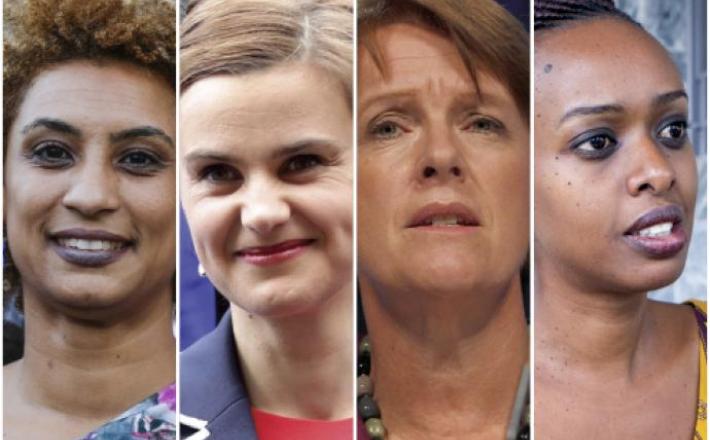Women under attack
Source: Foreign Affairs
In recent years, a rising tide of women’s activism has swept across the world. Online and on the streets, millions of women have raised their voices and called for action against systemic abuse, harassment, and discrimination. This activism has translated to the ballot box, with higher numbers of women running for office than ever before.
In 2018, women in war-torn Afghanistan and Iraq brought their fight for equal rights to the political arena, with unprecedented numbers of female candidates running in parliamentary elections: 417 in Afghanistan and 2,011 in Iraq. From 2005 to 2018, Lebanon saw more than a 27-fold increase in the number of female parliamentary candidates, from only four to 111. In the United States, over 500 women—a record number—ran for Congress or for statewide office in 2018. And this past spring, local elections in Ireland and national elections in India and Japan featured more female candidates running for office than in any prior election in those countries.
The result has been more women in power. For the first time in U.S. history, women hold close to 25 percent of the seats in the House of Representatives and the Senate. In Brazil, a historic number of female candidates in the 2018 election produced a 35 percent increase in women’s representation in state legislatures compared with four years earlier and a 50 percent improvement in the lower house of the National Congress. In Sri Lanka, following a 2016 electoral quota law that reserved 25 percent of local councils seats for women, 2,000 were elected countrywide, compared with 82 in 2011.
Click here to read the full article published by Foreign Affairs on 10 December 2019.

In recent years, a rising tide of women’s activism has swept across the world. Online and on the streets, millions of women have raised their voices and called for action against systemic abuse, harassment, and discrimination. This activism has translated to the ballot box, with higher numbers of women running for office than ever before.
In 2018, women in war-torn Afghanistan and Iraq brought their fight for equal rights to the political arena, with unprecedented numbers of female candidates running in parliamentary elections: 417 in Afghanistan and 2,011 in Iraq. From 2005 to 2018, Lebanon saw more than a 27-fold increase in the number of female parliamentary candidates, from only four to 111. In the United States, over 500 women—a record number—ran for Congress or for statewide office in 2018. And this past spring, local elections in Ireland and national elections in India and Japan featured more female candidates running for office than in any prior election in those countries.
The result has been more women in power. For the first time in U.S. history, women hold close to 25 percent of the seats in the House of Representatives and the Senate. In Brazil, a historic number of female candidates in the 2018 election produced a 35 percent increase in women’s representation in state legislatures compared with four years earlier and a 50 percent improvement in the lower house of the National Congress. In Sri Lanka, following a 2016 electoral quota law that reserved 25 percent of local councils seats for women, 2,000 were elected countrywide, compared with 82 in 2011.
Click here to read the full article published by Foreign Affairs on 10 December 2019.